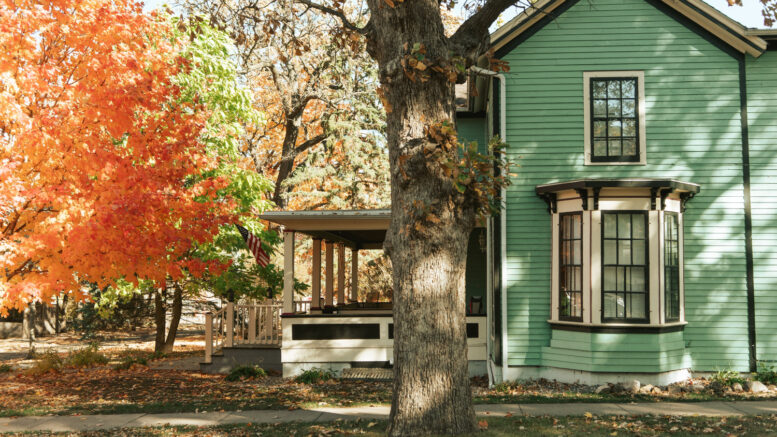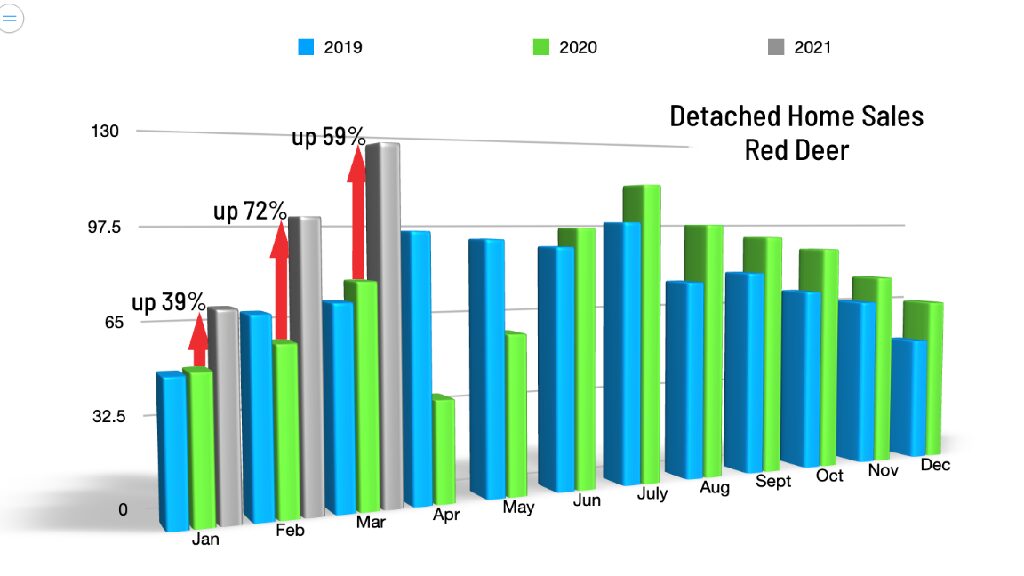Use this handy home maintenance checklist to keep your house—and property—in peak condition this winter.
By Barbara Winfield and Bob Vila | Updated Oct 19, 2021, 10:01 AM
Fall is just around the corner: time to get your house in shape for the cooler months ahead. Although autumn can be one of the busiest seasons for homeowners preparing for winter, it’s also the best time to take advantage of the moderate weather to repair any damages before the first frost sets in. Here are some home maintenance ideas that will keep your home running in peak condition all winter long.
Exterior Maintenance
- Check foundation for cracks and caulk around the areas where masonry meets siding, where pipes or wires enter the house, and around the windows and door frames to prevent heat from escaping. “Caulking and sealing openings is one of the least expensive maintenance jobs,” says Michael Hydeck, Hydeck Design Build, Inc., Telford, PA, and National President, National Association of the Remodeling Industry (NARI). “Openings in the structure can cause water to get in and freeze, resulting in cracks and mold build-up,” he says. “Regardless of whether you live in a cold or warm climate, winter can bring very harsh conditions resulting in water or ice damage. A careful check of the outside structure combined with inexpensive maintenance can save you money in the long run.”
- Install storm windows and doors and remove screens. Before storing, clean and repair screens, spray with a protective coating and place in a dry area of the basement or garage.
- Inspect exterior walls to see if any paint is peeling or blistering on the house or outbuildings. According to Carl Minchew, Director, Benjamin Moore, “Peeling paint is a sign that the existing paint film is failing and can no longer protect the siding of the building. Left uncorrected, the siding itself will deteriorate, leading to expensive repairs in the future.”
- Make sure the roof is in good shape. Inspect for missing and loose shingles. “Ice, rain, snow, and wind combined with rapidly changing temperatures and humidity wreak havoc on roofs,” says Jay Butch, Director, Contractor Programs for CertainTeed Roofing. “Your roof is your first defense in protecting your home. Without it functioning properly, water damage can occur. This causes deterioration to insulation, wood, and drywall, making electrical, plumbing, and HVAC systems vulnerable. It’s better to proactively deal with repairs in the fall than to discover a leaky roof during a snowstorm. For safety’s sake, have a licensed, certified roofing professional check the condition of your roof.”
- After leaves have fallen, clean out the gutters and downspouts, flush them with water, inspect joints, and tighten brackets if necessary. Clogged gutters are one of the major causes of ice dams. Replace old or damaged gutters with new ones that have built-in leaf guards.
- Examine your pool cover for damage and replace it if necessary.
- Weather-strip your garage door. Make sure the seal between your garage door and the ground is tight to prevent drafts and keep out small animals.
- Inspect your driveway for cracks. Clean out and repair any damage with driveway filler, then coat with a commercial sealer.
Interior Maintenance
- “Heating and cooling amount to 47% of the energy costs in your home. Proper sealing and insulation can save up to 20% on heating and cooling costs, or up to 10% on your total annual energy bill,” says Katie Cody, spokeswoman for Lowe’s. “Air leaks from windows and doors are easy to find by moving your hand around the frame.” Apply weather stripping and caulk to these areas will help cut down on drafts.
- Have your heating system checked by a licensed heating contractor. Heating systems will use fuel more efficiently, last longer, and have fewer problems if properly serviced.
- Get your woodstove and fireplace in working order. Gary Webster, Creative Director of Travis Industries, suggests that you examine your wood stove or fireplace insert’s door gasket for a tight seal. Also clean and inspect the glass door for cracks and have the chimney cleaned by a licensed chimney sweep. “A clogged chimney poses the risk of a chimney fire, which can be ignited by burning creosote—a combination of wood tar, organic vapors, and moisture buildup,” says Webster.
- Change the direction of your ceiling fan to create an upward draft that redistributes warm air from the ceiling.





